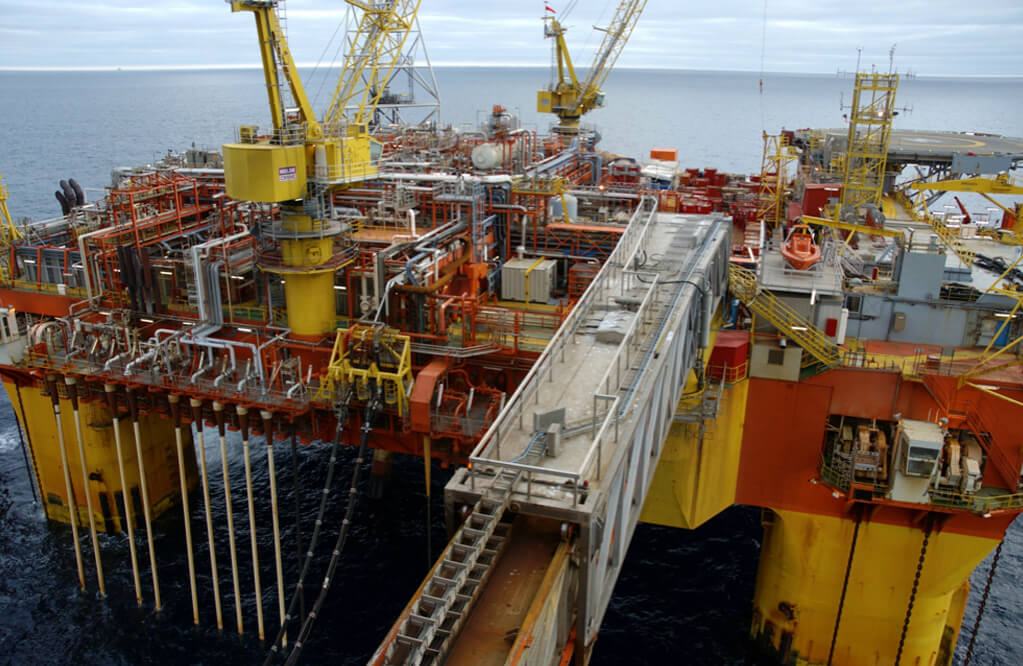Tag Archive for: Oil Demand
OPEC’s Stable Market Outlook Points to Status Quo at Meeting
/NewsOPEC kept forecasts for global oil supply and demand unchanged in its last monthly assessment before members meet to review the market.
The 13 nations of the Organization of Petroleum Exporting Countries pumped 32.44 million barrels a day in April, slightly less than will be required to meet demand in the third quarter. Production rose as gains in Iran and Iraq compensated for losses in Nigeria and Kuwait. Investment by the global oil industry through 2018 will slump to less than half the amount spent from 2012 to 2014 following the collapse in prices, OPEC said.
Oil prices have rebounded more than 75 percent from the lows reached in February as U.S. shale production falters, signaling that Saudi Arabia’s strategy to re-balance oversupplied world markets is taking effect. OPEC, which failed to complete an accord with non-members last month on capping output, has no current plans to revive supply limits when ministers meet on June 2, six delegates said on May 4.
“We shouldn’t expect any freeze and definitely not any cut because OPEC sees things are improving from a fundamental point of view,” said Torbjoern Kjus, an analyst at DNB ASA in Oslo. “The structural decline based on lower investment is starting to show up in numbers for non-OPEC. That damage is done, even if prices recover in the second half.”
April Increase
OPEC production increased by 188,200 barrels a day last month to 32.44 million, according to the report. While the group’s supply has typically exceeded the required amount in recent months, April output is about 380,000 barrels a day below the 32.8 million that OPEC estimates will be needed in the third quarter. That potential shortfall is a further indication the organization’s policy is working.
Global oil demand will increase by 1.2 million barrels a day, or 1.3 percent, this year to 94.18 million a day, according to the report. Supplies from outside the group will shrink by 740,000 barrels a day to 56.4 million.
“A return to balance is a shared interest among consumers and producers alike,” the group’s Vienna-based research department said in the monthly report.
Font: Bloomberg
Russia, Saudi Energy Ministers Discussed Oil Demand, Production, Shale
/NewsRussia and Saudi Arabia discussed the situation on the oil market last week and agreed to continue consultations, exchanging views on demand, production and shale oil, Russian Energy Minister Alexander Novak told reporters on Tuesday.
Even though the oil price has halved since last year on oversupply, Russia, the world’s top oil producer, has refused to cooperate with OPEC, where Saudi Arabia is the leading producer.
Both OPEC and Russia are instead increasing production in a move to defend market share.
Novak did say on Saturday that Russia was ready to meet with OPEC and non-OPEC producers to discuss the market and his comments have supported prices, although analysts have warned that relations may suffer over the two sides’ different positions on Syrian President Bashar al-Assad’s future.
Novak, who was in Turkey last week for a G20 energy ministers meeting, said he did not see a risk that relations between Russia and Saudi Arabia would worsen and said he had discussed global oil markets with Saudi Oil Minister Ali al-Naimi.
“We discussed the situation on the market in Istanbul, held consultations, exchanged views on demand, production, the shale oil revolution, (and) agreed to continue consultations,” Novak said.
Novak added that a meeting of the Russia-Saudi Arabia intergovernmental commission was scheduled for the end of October or the beginning of November.
OPEC’s Secretary-General Abdullah al-Badri said on Tuesday that the oil exporter group should work together with producers outside OPEC to tackle the oil surplus in the global market.
Novak’s first deputy, Alexei Texler, said last week that Russia would stick to its plans not to cooperate with OPEC.
Copyright: Rigzone

Latest News
 Fundamental factors to strengthen Pemex12 August, 2019
Fundamental factors to strengthen Pemex12 August, 2019 Offshore Project Development: The Road to First Oil26 July, 2019
Offshore Project Development: The Road to First Oil26 July, 2019


